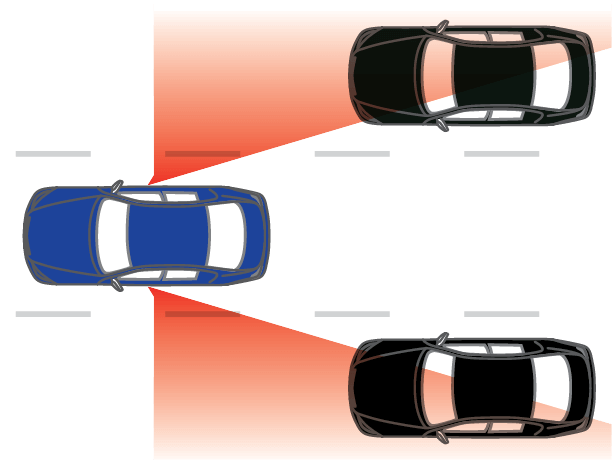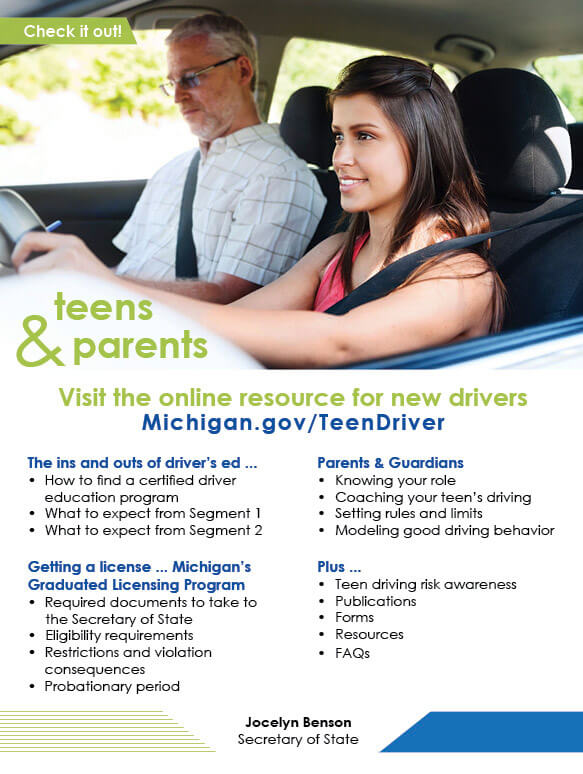1- Before you start the engine
 Recommended minimum instructional time: 1 hour
Recommended minimum instructional time: 1 hour
Goal: Teach your teen vehicle basics before actual driving begins.
Location: Parked. This is a non-driving lesson.
☐ Skill one – look for hazards
Walk around the outside of the car with your teen. Instruct them to look for leaks and hazards such as broken glass, and to make sure it’s clear behind the vehicle as well as in front of the vehicle.
☐ Skill two – practice basic skills
Have your teen practice these basic skills until they don’t need help:
- Starting and stopping the engine
- Naming and operating all dashboard and steering wheel controls
- Checking oil level
- Checking wiper fluid
- Checking tire pressure
- Checking tire tread depth
☐ Skill three – proper seating position
Your teen should: Sit with their back firmly against the seat, with at least 10–12 inches between the steering wheel and their chest, keep their head at the center of the head restraint and their shoulders no higher than the top of the steering wheel, adjust the seat so that their heel touches the floor and can pivot quickly between the brake and accelerator.
☐ Skill four – teach correct mirror settings

In order to adequately detect other traffic, adjust tilt to have the horizon appear in the center of the mirror, and adjust the viewing angle so that you can barely see the rear edge of the vehicle.
The method below provides the best view of adjacent lanes, for maximum safety.
- Inside mirror: Have your teen sit up straight in the driver’s seat and adjust the inside mirror so that it frames the entire rear window. This is the main mirror for viewing what is behind the vehicle.
- Left-side mirror: Have your teen rest their head on the closed left-side window and set the left mirror to barely show the rear edge of the vehicle. When they sit up straight, the car should no longer be visible in the mirror.
- Right-side mirror: Have your teen lean to the right over the car’s center console, and set the right mirror so they can barely see the right side of the car.
Additionally, teach your teen how to look over their shoulder to check the blind spot on each side of the car that cannot be seen in the mirrors. Blind spots should be checked every time you change lanes.

The most effective way to deal with blind spots is to briefly turn and look.
☐ Skill five – vehicle technology
It’s important for you and your teen to understand how advanced driver assistance features work, such as automatic emergency braking, blind spot monitoring, and forward collision warning alerts. Review your car’s manual, ask your vehicle dealership or visit My Car Does What?
Proper mirror setting
